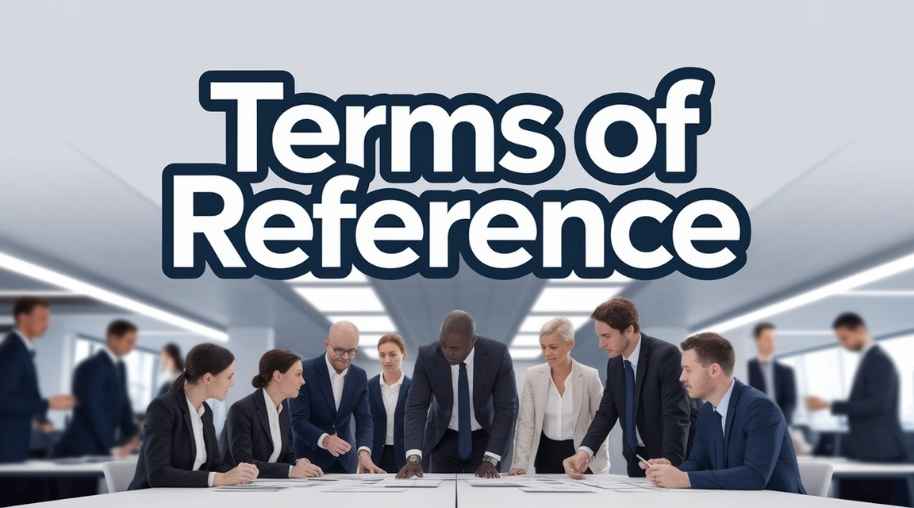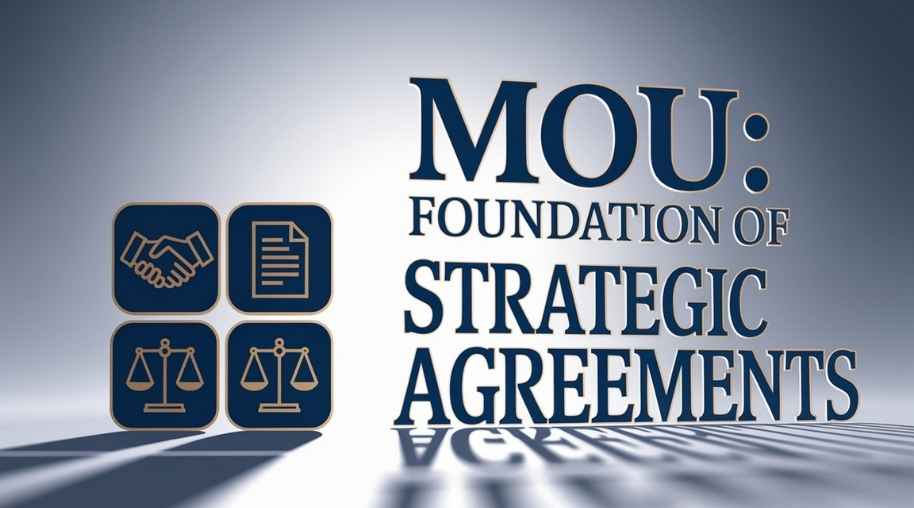ToR Full Form-Terms of Reference
by Shashi Gaherwar
0 4020
Terms of Reference (TOR): Guiding Successful Projects
Introduction
A Terms of Reference (TOR) is a critical document that outlines the scope, objectives, and structure of a project, task, or initiative. It serves as a formal agreement between stakeholders and provides clear guidelines for roles, responsibilities, and expectations. Used in corporate projects, government policies, and non-profit initiatives, a well-defined TOR ensures clarity, accountability, and efficiency in execution.

This article explores the components, importance, drafting best practices, and applications of a Terms of Reference.
What Are Terms of Reference?
A Terms of Reference document serves as a blueprint for a project or activity, detailing its purpose, scope, methodology, and deliverables. It provides a structured framework for decision-making and resource allocation, helping all involved parties understand their roles and responsibilities.
Key Components of Terms of Reference
A comprehensive TOR typically includes:
- Introduction: A brief overview of the project, its background, and its significance.
- Objectives: Clearly defined goals and expected outcomes of the project or assignment.
- Scope of Work: The specific tasks, activities, and responsibilities involved in the project.
- Roles and Responsibilities: Identification of key stakeholders, decision-makers, and project team members.
- Methodology: The approach, tools, and techniques used to achieve the objectives.
- Timeline and Milestones: A schedule outlining key deadlines, deliverables, and progress checkpoints.
- Resource Allocation: Financial, human, and technological resources required for execution.
- Reporting and Communication: Procedures for progress reporting, stakeholder updates, and feedback mechanisms.
- Evaluation and Monitoring: Methods for assessing project performance and ensuring quality control.
Importance of Terms of Reference
A well-structured TOR offers numerous benefits:
- Clarity and Direction: Defines the purpose and expected outcomes of a project.
- Accountability: Outlines responsibilities and deliverables for stakeholders.
- Efficiency: Reduces ambiguity and prevents resource wastage by setting clear guidelines.
- Risk Management: Identifies potential risks and mitigation strategies early on.
- Improved Collaboration: Facilitates smooth communication and coordination among teams.
How to Draft an Effective TOR
To ensure a TOR is comprehensive and actionable:
- Be Clear and Concise: Use straightforward language and keep the document well-structured.
- Align with Organizational Goals: Ensure alignment with business or organizational objectives and strategic priorities.
- Define Scope Precisely: Specify what is included and excluded to prevent scope creep.
- Involve Stakeholders: Engage key stakeholders for input and seek feedback before finalizing.
- Set Realistic Timelines and Resources: Avoid overly ambitious deadlines and allocate resources effectively.
- Include Performance Metrics: Define Key Performance Indicators (KPIs) and evaluation methods to measure success.
- Ensure Flexibility: Allow room for adjustments and incorporate mechanisms for periodic reviews.
Examples of Terms of Reference in Different Contexts
TOR applications include:
- Corporate Projects: Used in business planning, IT system implementations, and strategic initiatives to align with company objectives.
- Government and Policy Making: Applied in policy development, public sector reforms, and committee functions for clear decision-making.
- Non-Profit Organizations: Used in humanitarian programs, research studies, and advocacy campaigns for proper resource utilization.
- Academic and Research Projects: Provides a framework for research methodologies, funding allocation, and ethical considerations.
Common Challenges in Drafting TOR and How to Overcome Them
Challenges in drafting a TOR include:
- Vague or Ambiguous Objectives: Ensure goals are specific, measurable, and time-bound.
- Overly Complex Language: Use simple, jargon-free language for clarity.
- Lack of Stakeholder Involvement: Engage relevant parties early in the drafting process.
- Unrealistic Timelines or Budgets: Set achievable deadlines and allocate resources wisely.
- Failure to Update TOR: Review and revise the document to reflect changing circumstances.
A well-crafted Terms of Reference document is essential for successful project execution. It serves as a foundation for clear communication, accountability, and efficient resource management. By following best practices and regularly reviewing TOR documents, organizations can ensure their projects are well-structured, goal-oriented, and aligned with strategic priorities.
Further Learning Resources
If you’re passionate about building a successful blogging website, check out this helpful guide at Coding Tag – How to Start a Successful Blog. It offers practical steps and expert tips to kickstart your blogging journey!
For dedicated UPSC exam preparation, we highly recommend visiting www.iasmania.com. It offers well-structured resources, current affairs, and subject-wise notes tailored specifically for aspirants. Start your journey today!

Share:








Comments
Waiting for your comments